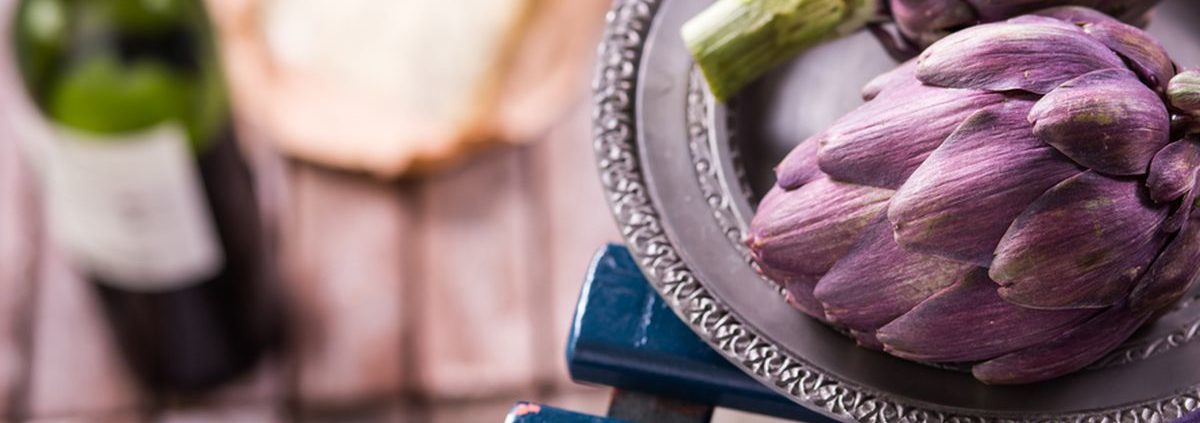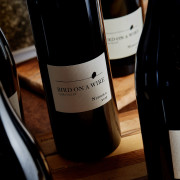L’Art de Vivre
The social and cultural significance of wine
If you’ve ever sat down at a French or Italian dining table, I’m sure you’ll be familiar with the prominence wine takes in the sequence of the meal.
For a more formal lunch or dinner; an aperitif, a white wine with entrée, a red wine or richer white wine with the main, a tipple to accompany the cheese, a sweet wine with dessert and if the meal has been particularly heavy, a digestif to finish.
But for even the most casual lunch occasion, a pichet of wine is always on the table. It will almost always be a wine from the region, cheap but tasty and seamlessly matching the provincial cuisine.
Wine and other alcoholic beverages are their most impressive when they are consumed in this way; as a cultural expression of the place or region, as part of a long established tradition, or as the most appropriate complement to the texture and flavour of the food on the table.
Wine with lunch and dinner in latin European countries is common, not as common as it once was due to the growing health concerns associated with too much alcohol, but it is widely appreciated as a simple pleasure of life.
L‘art de vivre or la dolce vita is a ritual, a cultural practice and a social skill. It is curated and created, it is learned and practiced and it is a preference and an appreciation. ‘Art de vivre’ is often centred on beauty and simplicity. The simple beauty of weaving culture, cuisine, celebration and creativity into one’s day-to-day life.
Taking time, slowing down and savouring the beauty in our food, art, nature, fashion, homes, gardens and even in our friendships, brings joy to our sensibility of life.
The current situation generated by the COVID-19 health crisis, has given many of us the opportunity to access more time and we might think we could bring this time to appreciate life’s more simple pleasures.
But with the fast pace of our modern lives over recent decades, not to mention the established cultural norms we may have grown up with, taking time, slowing down and savouring beauty may be more difficult to achieve than we first think.
Breaking the habits of a quick chat, a fast bite, a zoom meet, an insta story, a flat pack or a binge drink could be a challenge for some.
And for others, the presence of wine on the lunch or dinner table is simply a very foreign and unfamiliar practice.
The Australian dining tradition has been a sandwich and a piece of fruit for lunch, meat and three vegetables for dinner, which could be preceded by a cold beer and finished with a glass of port with sweets on a special occasion.
This tradition does not tend to evoke the praise and appreciation of outside cultures, let alone much praise from our own population.
There’s a reason UNESCO has listed the French Gastronomic Meal as an “Intangible Cultural Heritage of Humanity”. It has been fostered and forged into the cultural fabric of French people and their way of life.
UNESCO identifies gastronomy as culturally significant as French people actively take on the responsibility to develop and share a deep knowledge of their gastronomic traditions and preserve its memory watch over the living practice of the rites, thus contributing to their oral and/or written transmission, in particular to younger generations.
“The gastronomic meal emphasises togetherness, the pleasure of taste, and the balance between human beings and the products of nature. Important elements include the careful selection of dishes from a constantly growing repertoire of recipes; the purchase of good, preferably local products whose flavours go well together; the pairing of food with wine; the setting of a beautiful table; and specific actions during consumption, such as smelling and tasting items at the table.” – UNESCO.
To practice l’art de vivre in your own life takes time – the time to learn, experiment and appreciate all the elements of a cultural and gastronomic experience.
Yet the key ingredient is simplicity. Developing an appreciation for art and nature does not mean buying expensive renaissance art or landscaping all your plants into tall hedges. And a gastronomic experience does not necessarily require hours slaving over an oven and investing in the most expensive wine you can afford.
As the ‘Emperor of Chefs’ and grandfather of French cuisine, chef Auguste Escoffier once said, “The greatest dishes are very simple.”
I could list numerous wine and food pairings which are simple, no fuss expressions of how gastronomy can be easily achieved and yet immensely pleasurable.
But that is your task to discover and your task to enjoy.
Tonight, take the time, dress the table, bring out your good glassware, and find the freshest local and in-season ingredients and bring your creative gaze to your cookbooks to generate something you have a desire to investigate for your own cultural memory.
Explore it, learn from it and hone it for the next time you are compelled to try, and I encourage you to actively talk about it with your friends, family and loved ones.
Bonne chance!










